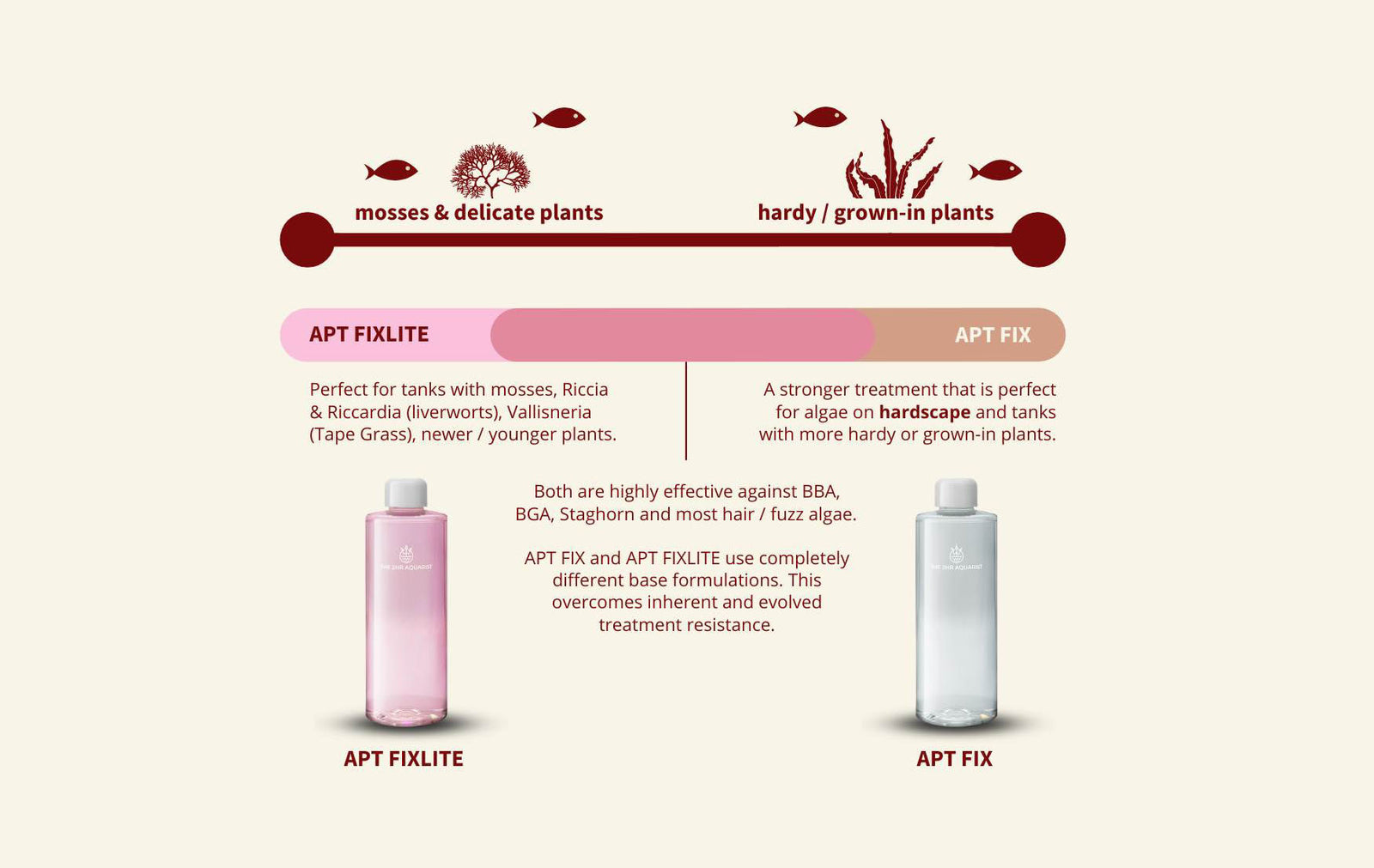Your Cart is Empty
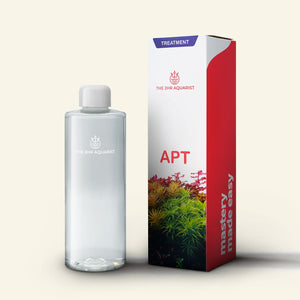
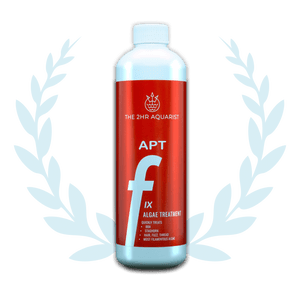
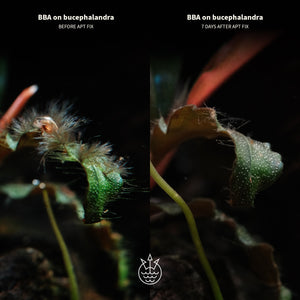
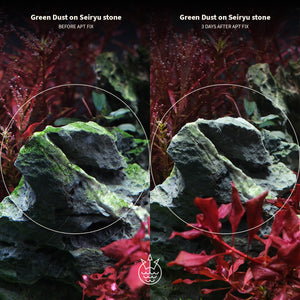
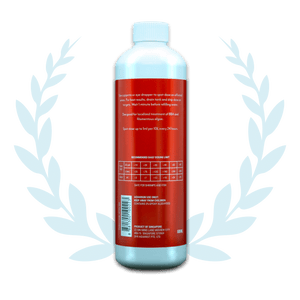

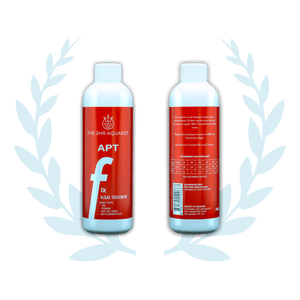
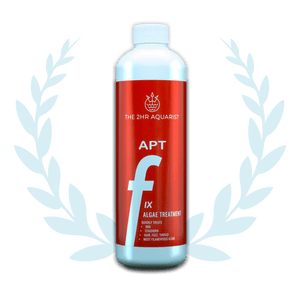
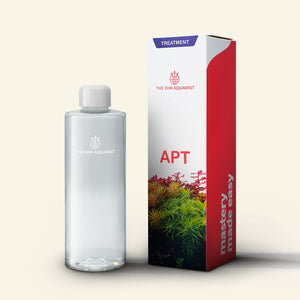
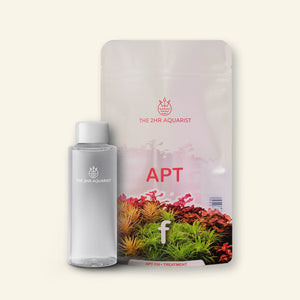
2Hr Aquarist APT Fix
$11.80 - $29.90
The smarter way to treat algae.
Especially effective algae control for BBA, hair/string/fuzz and most forms of filamentous algae.
Gently biodegrades completely.
Spot-dose up to 1ml per 10L.
#standard
Our Standard 300ml Pack comes with a calibrated spot-dosing pipette.
#starter
Our Starter 100ml Pack comes with a calibrated spot-dosing dropper.
Ingredients
3% Epoxy Adelhydes

the choice of award winning aquascapers
Power meets intelligence.
The best algae treatments ever.
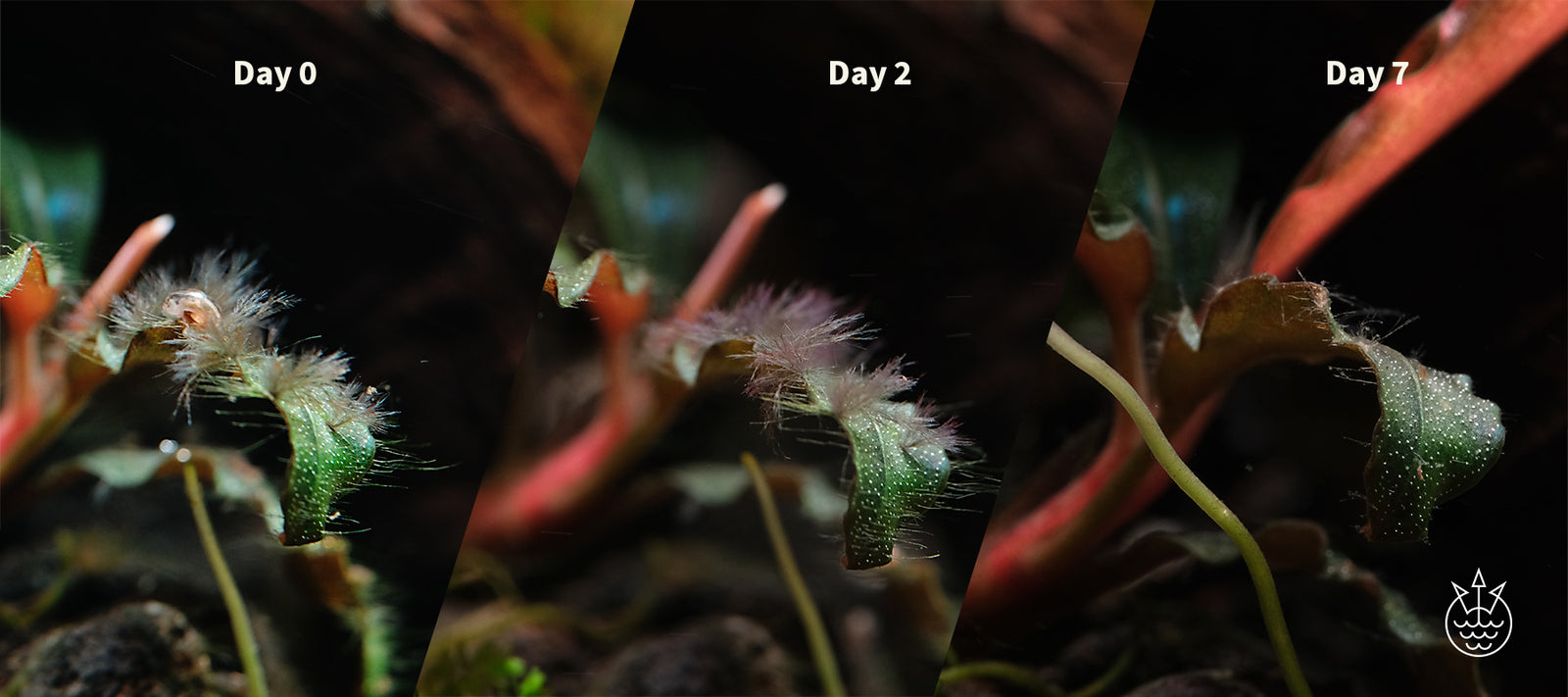
Above: single spot-dose of APT Fix. By Day 2, inactive BBA usually changes color to red and/or white. By Day 7, the leaf is now mostly free of algae.
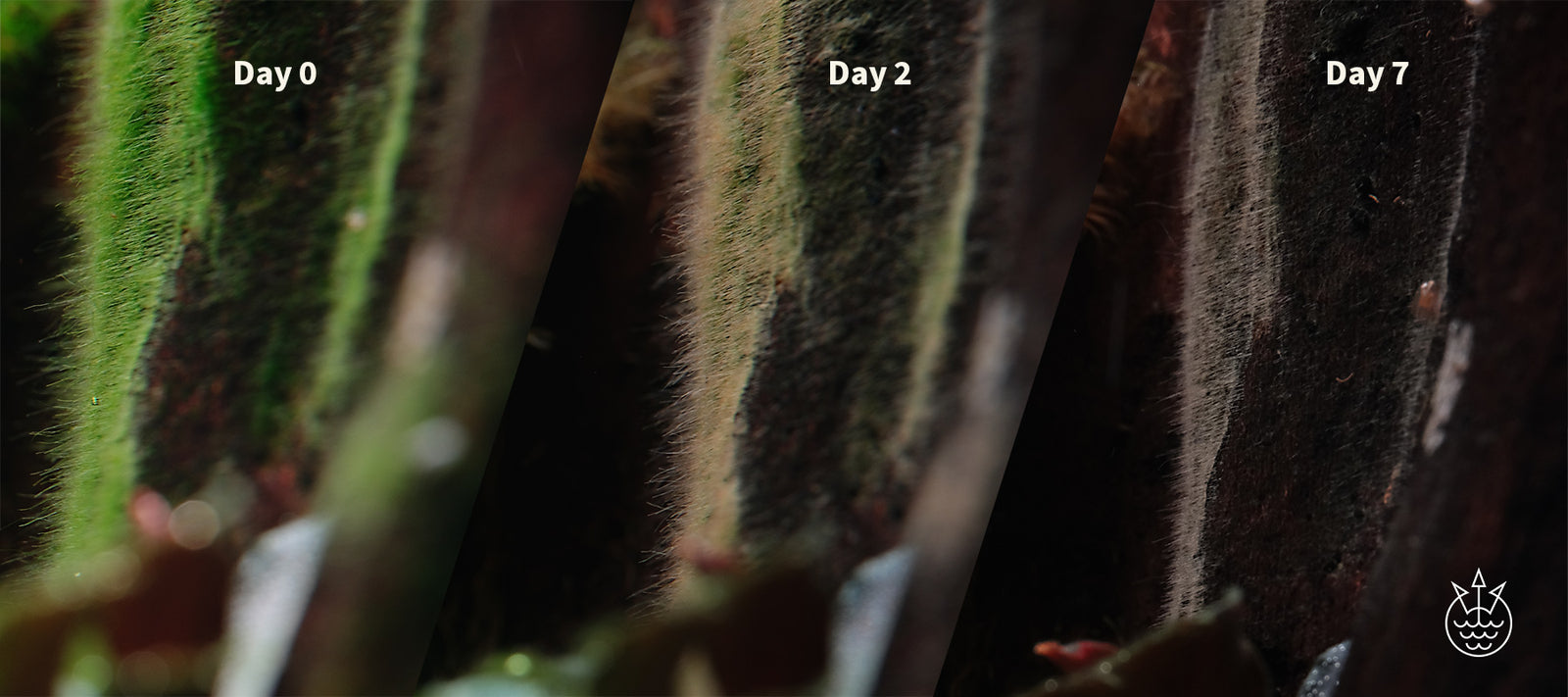
Above: single spot-dosage of APT Fix via the drain-dose method. By Day 2, hair-algae has lost some color. By Day 5, all the hair algae has been deactivated.
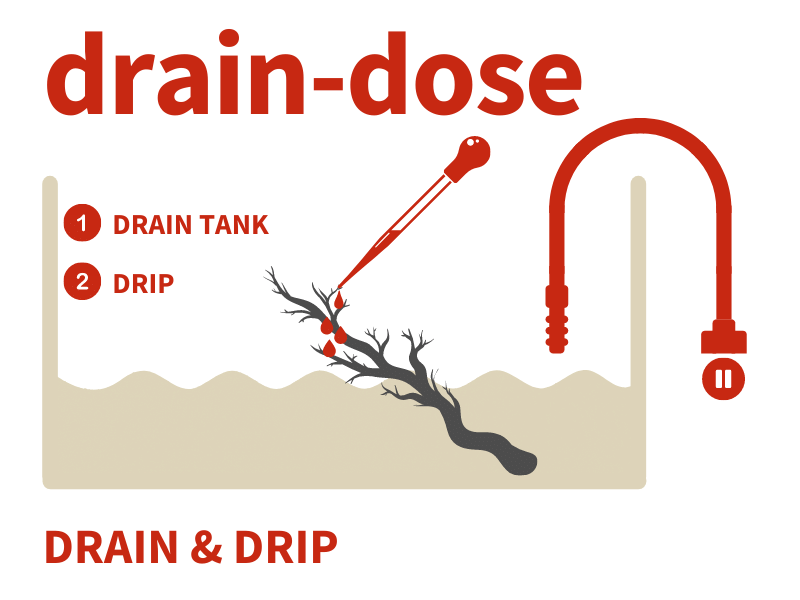
This is an effective approach for removing algae on hardscape: wood and rocks. Avoid this method for plants.
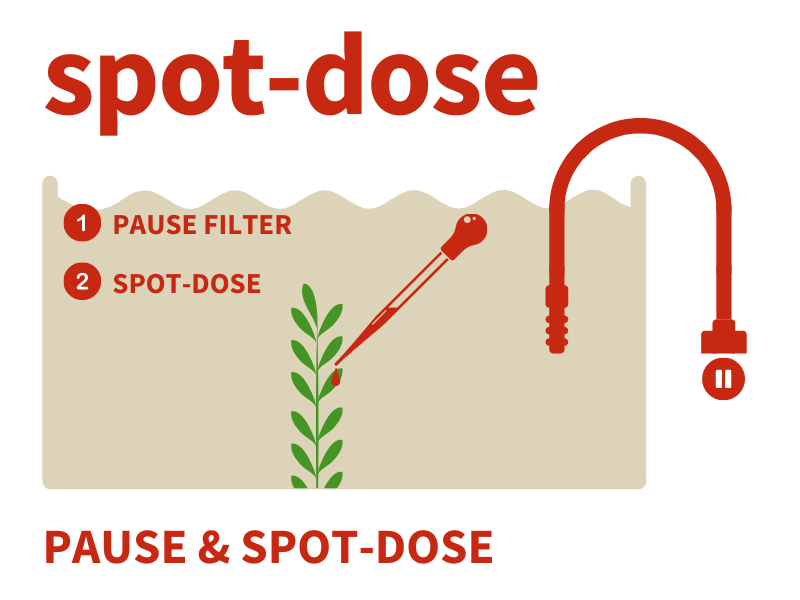
This is our usual approach to treat algae on plants. Always pause the filter during spot-dosing.
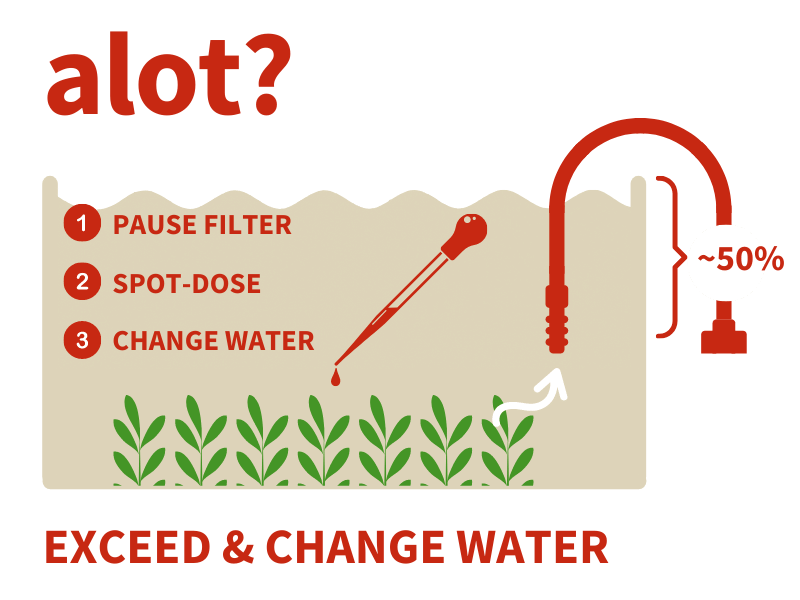
If you have alot of areas to cover, you can exceed the 1ml per 10L limit. Spot-dose on affected areas, and perform a 50% water change after spot-dosing.
Top algae magnet
Organic waste and decaying matter are top algae triggers.
Regularly change water the 2Hr Way and remove old/ decaying leaves.
Stem plants require replanting of the healthy tops after trimming once or twice. Old deteriorating stems invite algae to bloom.
no copper
The problem is that copper, like other heavy metals, accumulate over time and do long term damage to the tank's ecosystem.
Both APT Fix and APT FIXLITE use active compounds that biodegrade naturally over 12- 24hours, with no nasty residues.
magic 70
The best natural defence against algae is a healthy dominant plant mass. 70% of a tank's substrate should be planted.
Tanks with large exposed, un-planted areas are far more susceptible to algae, in the same way that fertile open fields invite weeds to grow.
Featured collection
Grow anything, defeat algae, create amazing aquascapes











